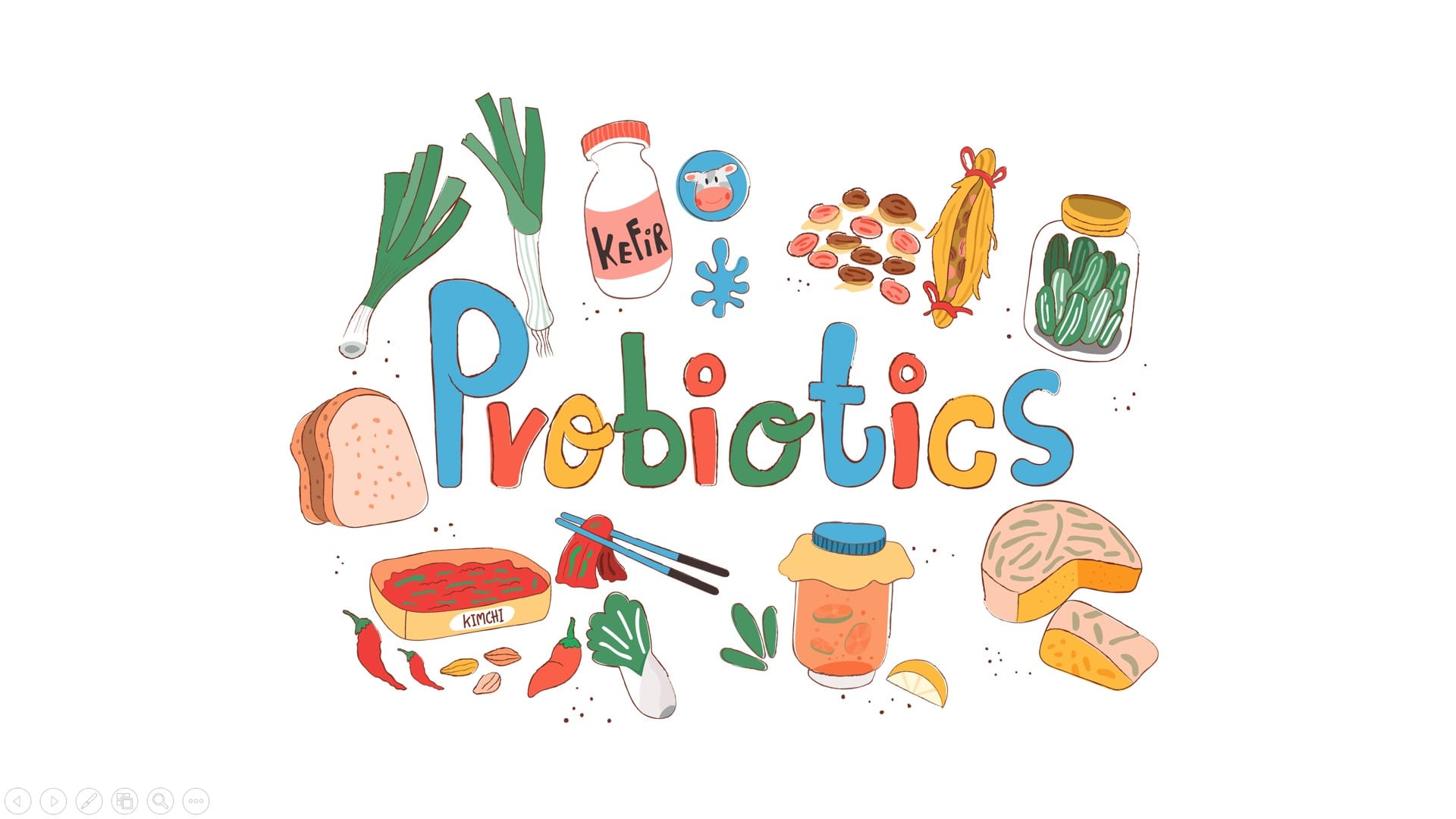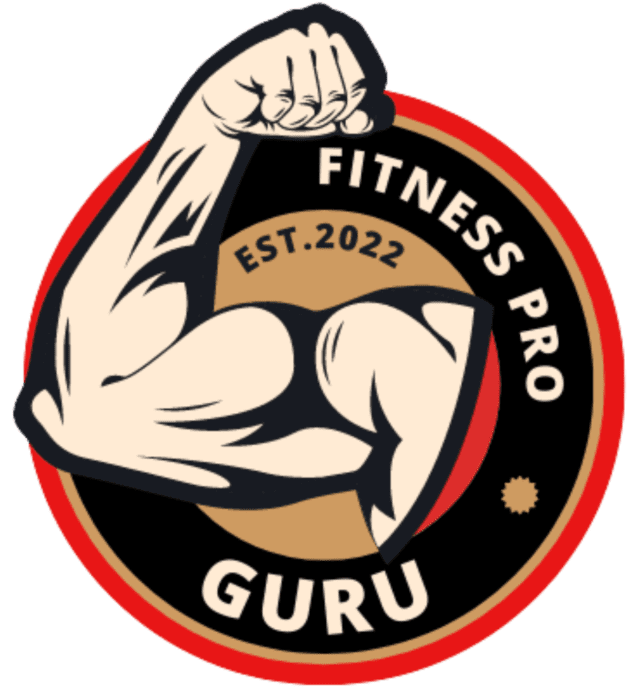

Exercise has endless benefits for the body, But it can also be a major gut stressor: anyone who’s had to cut a training session short or sprint to the porta-loo mid-run knows that running can cause gastrointestinal distress, especially for people with sensitive stomachs or chronic conditions such as irritable bowel syndrome. (probiotics)
Experts say that sloshing in the stomach (looking at you, mid-run fuel!), decreased blood to the GI tract, and a weakened barrier between the intestines and the bloodstream (also known as ‘leaky gut’) can all be to blame.
What you put on your plate
Can do a lot to improve your gut, microbiome. Research suggests that regularly consuming probiotics–the good bacteria that occur naturally in fermented foods–may strengthen the gut’s lining and lower inflammation throughout the body, resulting in less damage to your GI tract and fewer stomach problems during exercise.
You can move even a mountain with Meditation
Those microscopic bugs (your gut has trillions of them) have also been linked to improvements in immunity, lung function, and calcium absorption. And in one 2014 study, athletes who took a probiotic supplement for four weeks worked out longer before fatiguing than those who took a placebo. Some people can’t eat specific items because it upsets their stomach when they run, It’s great to be able to add something to your diet that may actually benefit your gut, and your overall health and performance.”
Still, probiotics come in many forms, and they’re not all equal. Here are a few rules to maximize the benefits.
Opt First for Real Food
Probiotics occur naturally in fermented dairy products such as yogurt, kefir, and aged cheeses. They’re also found in other fermented foods and beverages, such as kimchi, sauerkraut, miso, and even sourdough bread.
 Today you can find a slew of foods, from baking mixes and cereals to ice cream and chocolate bars that have been fortified with probiotics. You’ll probably pay more for them, and many don’t have research to back up their claims. Plus, some preservatives and processing techniques (such as freezing and baking) can kill the delicate bacterial cultures, so those packaged goods may not even have any live probiotics, to begin with.
Today you can find a slew of foods, from baking mixes and cereals to ice cream and chocolate bars that have been fortified with probiotics. You’ll probably pay more for them, and many don’t have research to back up their claims. Plus, some preservatives and processing techniques (such as freezing and baking) can kill the delicate bacterial cultures, so those packaged goods may not even have any live probiotics, to begin with.
That being said, even dead probiotics may have health perks in animal studies, for example, heat-killed probiotics have been shown to trigger immune-system responses. “Inactivated probiotics don’t give you all the benefits of live ones, but they still seem to be better than nothing,”. You can also look for products with the words GanedenBC30 or Bacillus coagulant GBI-30, 6086 on the label; they refer to a patented probiotic that’s been formulated to withstand microwaving, freezing, baking, and boiling. For products that don’t require microwaving or freezing, look for labels with Lactobacillus or bifidobacterium, two prominent probiotic strains.
5 BEST ways to save yourself from fraud
2017 literature review in the Annals of the National Institute of Hygiene found these strains to be the most beneficial for athletes’ health (and possibly performance.
Decide Whether to Pop a Pill
Supplements may look like an easy way to boost your probiotic intake if you’re not getting enough through food. However: “Natural sources have the most beneficial bacteria from a digestibility and absorption standpoint. Supplements aren’t closely regulated, and their cultures might not be. Active or easily absorbed for the gut to use.”
If you do opt for a supplement, pay attention to dosage. Studies on probiotics vary, but most have shown the greatest benefits at doses over.
1 billion colony-forming units (CFUs) per serving.
You also want a product that’s shelf-stable–no refrigeration required–and that guarantees its potency up to its expiration date. This helps ensure that the live cultures are still active, and the most beneficial. (FYI, while most natural sources of probiotics aren’t labeled with CFUs, foods such as yogurt and sauerkraut can have higher concentrations per serving of the good bacteria than supplements do.)
Add Probiotics Slowly
Don’t wait until race weekend to eat half a kilogram of kimchi. A 2015 review in the European Journal of Sports Science concluded that athletes prone to GI problems or who are traveling to regions where GI problems are more likely to occur may benefit.
from probiotics, but that they need to start taking them well ahead of competitions for best results. “Then you can determine if there’s a difference in your training, your GI issues, or your recovery after a long run.”




